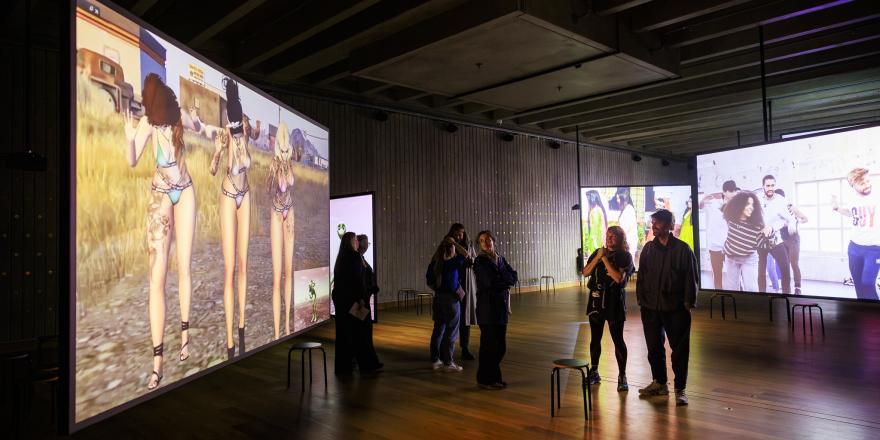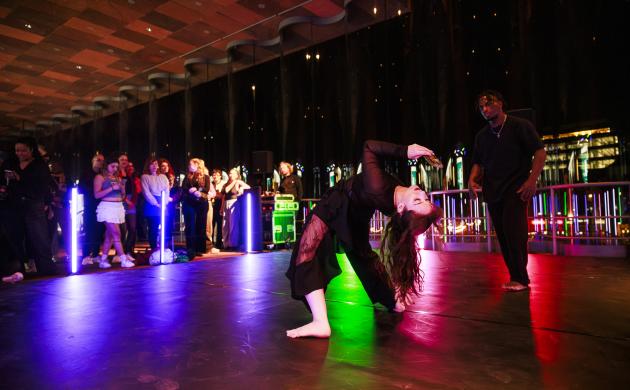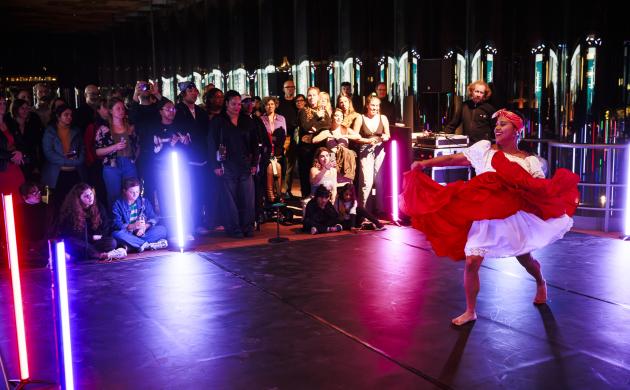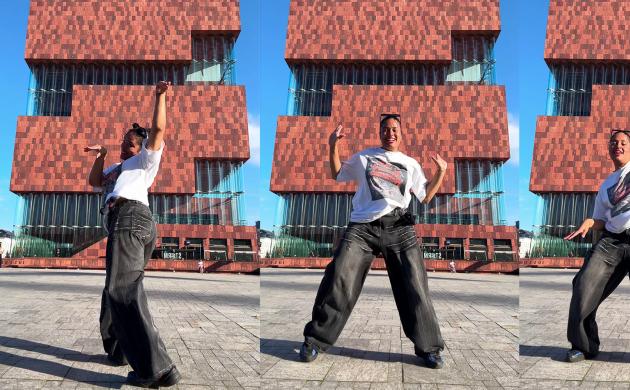Visual artist Anouk Kruithof is fascinated by dance as a form of self-expression and empowerment. This led her to research dance styles from around the world. In this video installation, Kruithof shows that dance is actually a universal language, expressed across different cultures and subcultures. Dance also spreads through the internet, crossing all cultural boundaries.
With the help of an international team of 52 researchers, Kruithof collected 8,800 videos from social media—totaling 250 hours of footage and featuring 1,000 dance styles from all 196 countries in the world. This material was edited into a four-hour dynamic dance video installation, shown across eight screens displaying a total of 32 hours of moving images.
Anouk Kruithof
Anouk Kruithof (Dordrecht, 1981) is a visual artist. She works with sculpture, photography, collage, video, books, websites, and (social) interventions in public space.
Kruithof seeks to expose "the nerves of our time" by addressing social, psychological, and ethical dilemmas. She brings a highly idiosyncratic perspective to a world where the personal has become political. Constantly shifting between digital and physical realms of experience, Kruithof explores a collective state of mind rooted not only in the material world but often in something amorphous.
She sketches a world composed of a relentless stream of edited, constructed, and patched-together images that have lost their credibility—resulting in a reality that is fully scripted and subject to ongoing post-production.
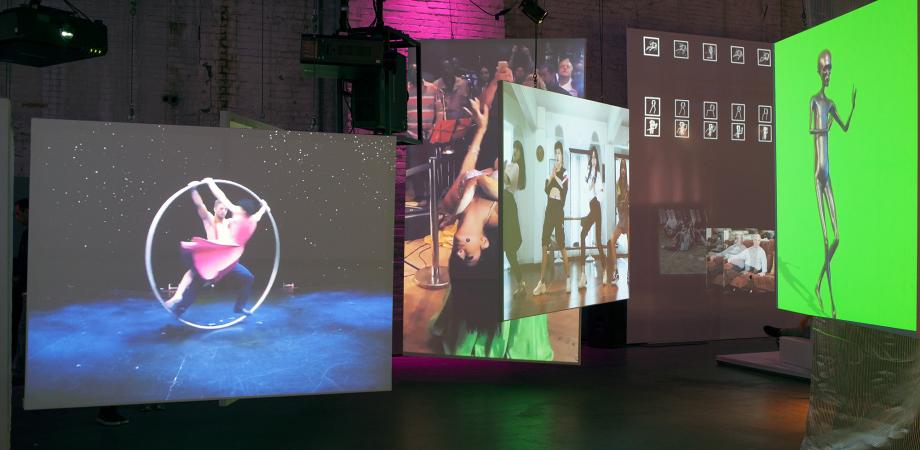
Cinekid AMS, 2018
- © Anouk Kruithof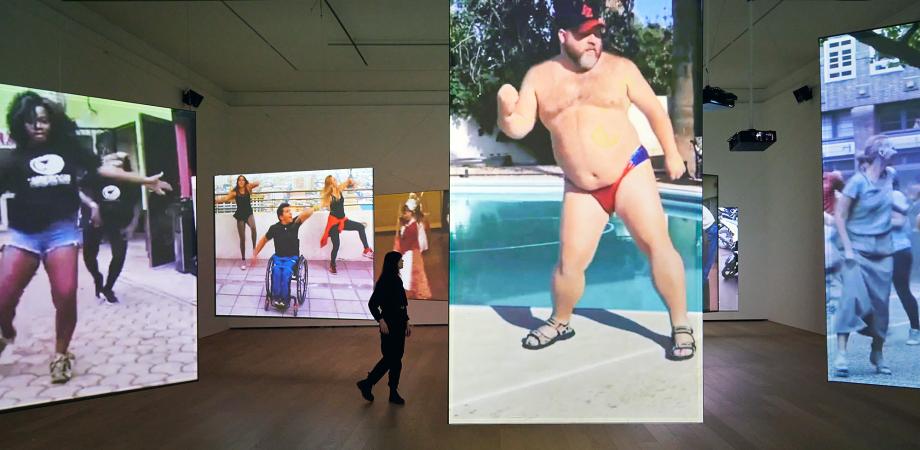
Museum Voorlinden, 2022
- © Vincent Basler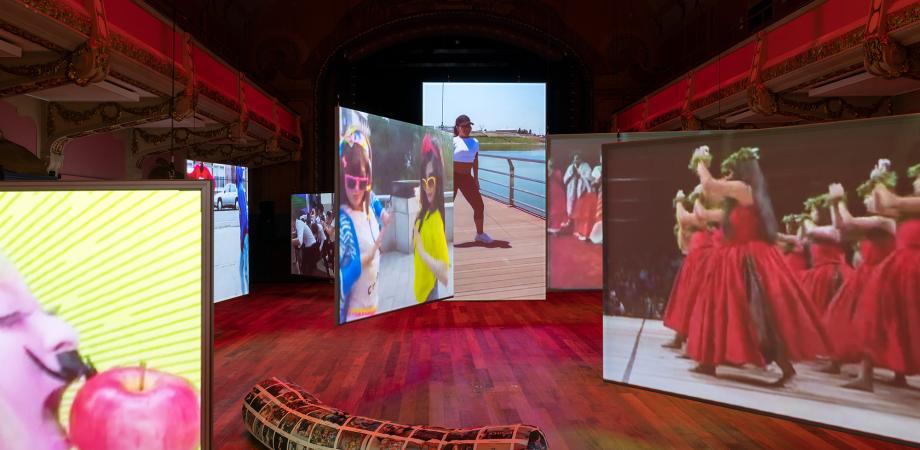
Viernulvier (voormalig Vooruit), 2021
- VIERNULVIER, 2021 - © Niccolo QuaresimaDans in de stad / Dance in the city
The MAS exhibits 'Universal Tongue' as a result of research into online dance communities and heritage.
ErfgoedLab Antwerpen searches the city for less visible cultural heritage. People share their traditions, passions and what they value today also online. Do online platforms contribute to passing on, but also transforming dance? How is the past present in dance videos? Are online groups and profiles formed around dance also heritage communities? Where are the similarities or differences with the physical world?
Practical information
- Where: 3rd floor
- When: from 25 October 2025 to 4 January 2026
- Ticket: free contribution


